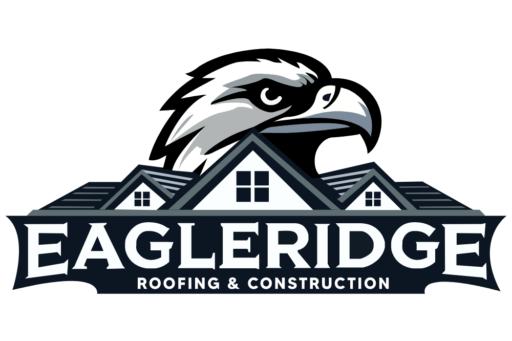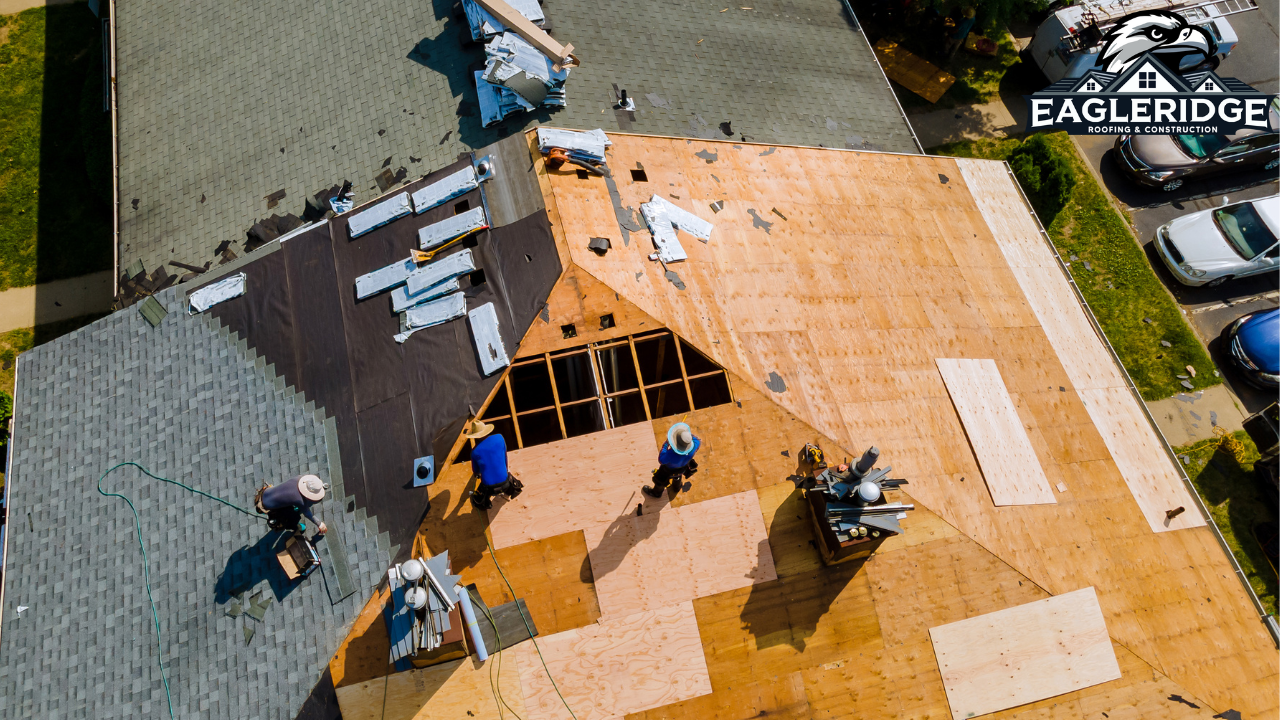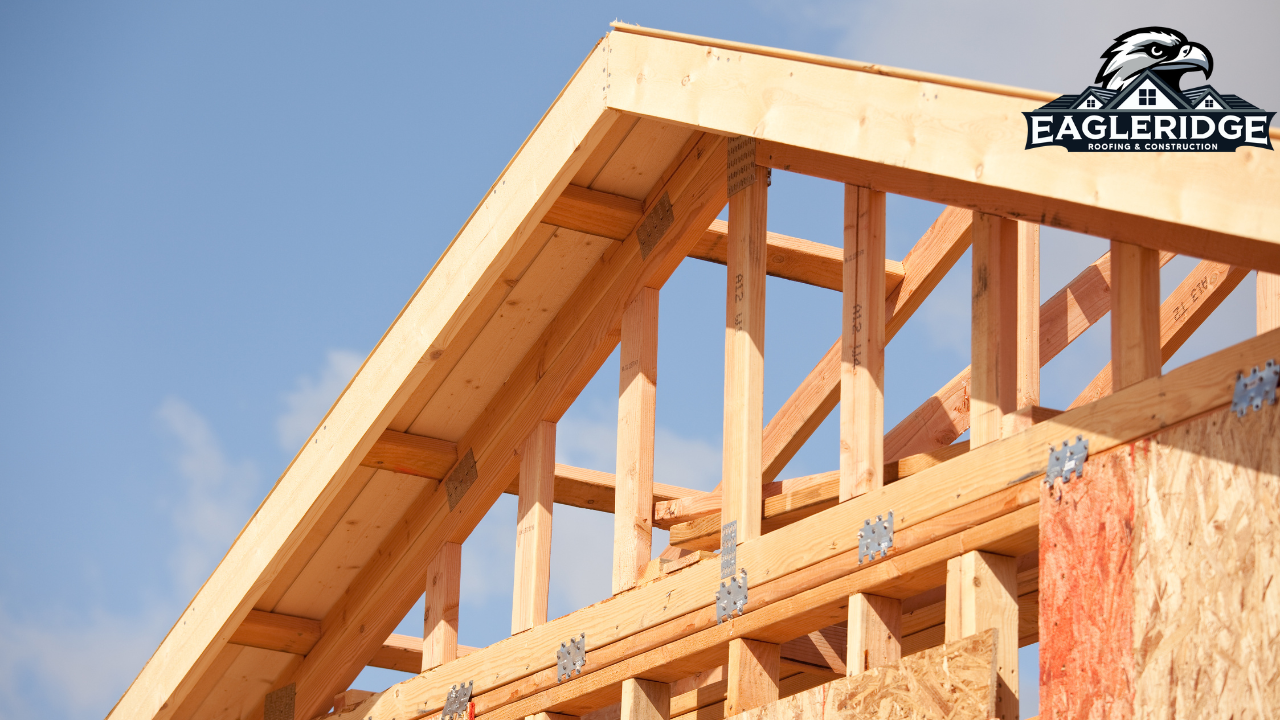To guarantee the longevity and safety of roofs in Utah's high-wind zones, it's essential to employ effective roofing strategies. Opt for wind-resistant materials such as metal roofing or impact-resistant shingles, and consider reinforced concrete tiles for added strength. Ideal roof design includes low-slope roofs and reinforced gable ends, minimizing wind uplift and enhancing structural integrity. Secure installation techniques like proper shingle fastening and additional adhesive application are critical. Regular maintenance, including biannual inspections and prompt storm repairs, greatly boosts durability. With these strategic approaches, homeowners can guarantee enhanced protection and resilience against high winds. Gain further insights by exploring these methods further.
Choosing Wind-Resistant Materials
Selecting the appropriate wind-resistant materials is essential for ensuring the durability and safety of roofing in high-wind zones.
Materials such as metal roofing, impact-resistant shingles, and reinforced concrete tiles provide superior resistance against strong winds.
Each option offers distinct benefits; metal is lightweight and durable, while impact-resistant shingles are designed to withstand debris.
Reinforced tiles add strength, making them a reliable choice for such environments.
Optimal Roof Design Practices
Building on the foundation of selecting wind-resistant materials, ideal roof design practices are equally significant in enhancing the resilience of structures located in high-wind zones.
A low-sloped roof, typically ranging between 4:12 and 6:12 pitch, minimizes wind uplift. Additionally, incorporating reinforced gable ends and secure roof overhangs reduces vulnerabilities.
These design elements collectively enhance the structural integrity necessary to withstand intense wind conditions prevalent in Utah.
Secure Installation Techniques
A roof's durability in high-wind zones greatly depends on the precision of its installation techniques. Properly securing shingles with high-quality nails, ensuring adequate overlap, and using wind-resistant materials are essential.
Fasteners should penetrate deeply into the structure, and additional adhesive may be applied for extra security. Ridge vents and eaves must be reinforced to prevent wind uplift, ensuring long-lasting protection.
Regular Maintenance and Inspections
While secure installation techniques lay the foundation for a robust roof in high-wind zones, ongoing maintenance and regular inspections are critical to preserving its integrity.
Inspections should be conducted biannually to identify and rectify issues like loose shingles or damaged flashing. Regular maintenance, including cleaning gutters and removing debris, prevents water damage.
Prompt repairs following storms guarantee the roof remains resilient against high winds.
Our services
In high-wind zones of Utah, effective roofing strategies are essential for ensuring structural integrity and safety. Selecting wind-resistant materials is foundational, as these materials are designed to withstand strong gusts. Ideal roof design practices further enhance durability, minimizing wind uplift. Secure installation techniques, such as using appropriate fasteners, are critical for maintaining roof stability. Regular maintenance and inspections are important for identifying potential vulnerabilities and ensuring long-term resilience. Implementing these strategies can considerably reduce wind-related damages to roofs.
For professional assistance, consider roofing contractors like EagleRidge Roofing Company in Utah. Contact EagleRidge today for a free roof inspection at (801) 784-1457. Our skilled Utah roofers use top-quality materials to keep your property safe and dry, offering expert roof repairs, new roof installations, roof replacements, and more. Don't let a leaky roof ruin your home! Reach out to the best in the business serving Salt Lake City, Provo, Orem, and the entire Wasatch Front.




